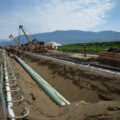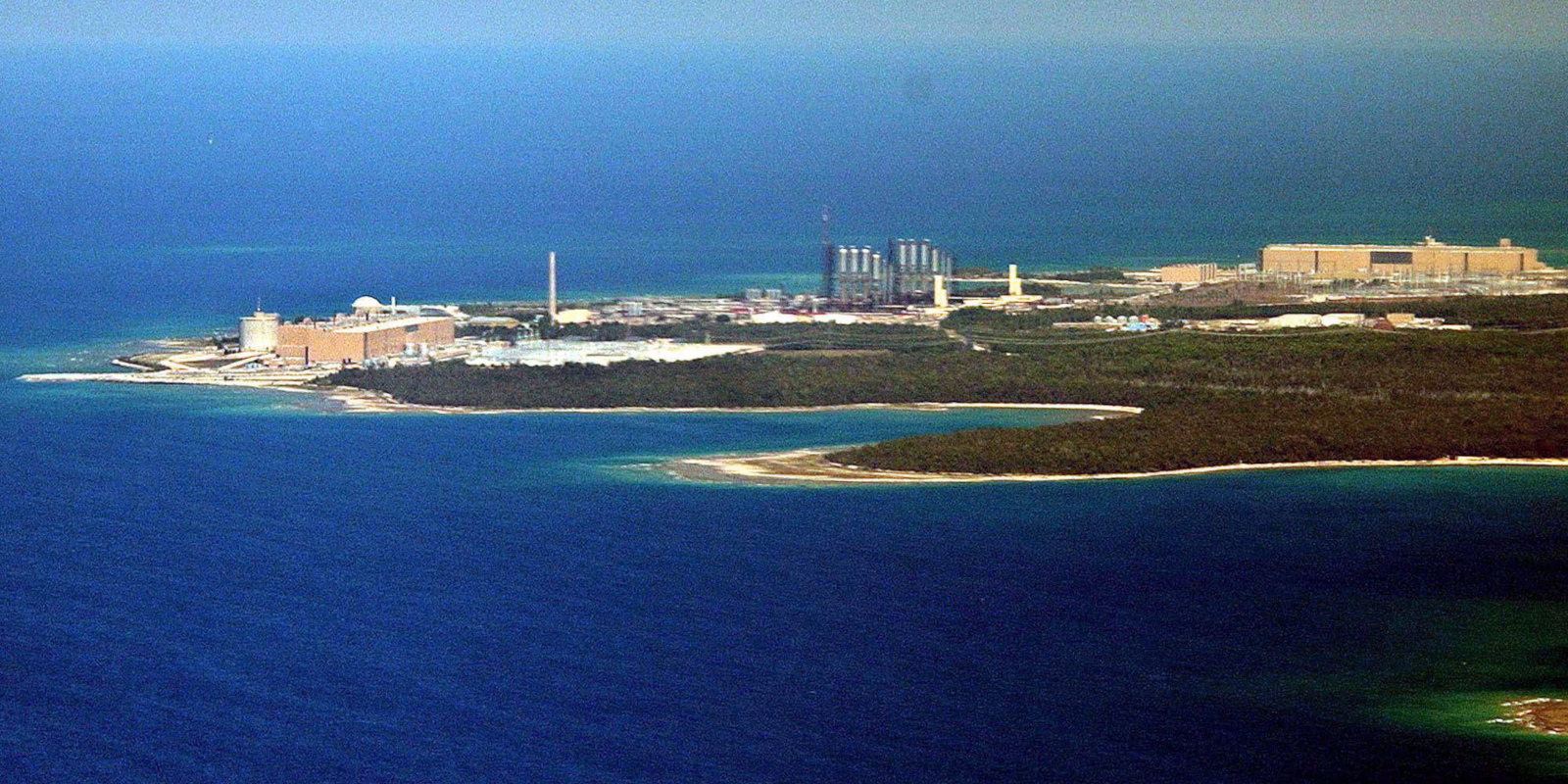Although nuclear power only accounts for 16 percent of Canada’s current energy generation, Ontario is going all-in.
The plan, to construct multiple new nuclear reactors, including one that will be the largest in the world, was met with a mixture of praise and skepticism when it was revealed earlier this month. Proponents welcomed cheaper electricity and lower carbon emissions and critics pounced on nuclear power’s reputation for poor cost-effectiveness.
The price tags may be a hard sell for politicians, with costs pushing past $10 billion for large reactors. But nuclear power’s supporters say that once the massive initial investment costs are overcome, it is both cheap to produce and consume in the long-run.
The real costs of nuclear energy are often misunderstood, says Nicholas Palaschuk, a senior research associate of innovation and technology at the Conference Board of Canada.
“When compared to other forms of clean or low-carbon energy, large scale nuclear and small modular reactors alike certainly tend to have higher upfront capital costs,” says Palaschuk. “A new CANDU (Canada Deuterium Uranium) reactor in Canada typically costs somewhere in the range of $10 to 15 billion CAD.”
The cost-difference pales in comparison to the issue of capacity, though, according to Andrew Evans, a research assistant at the Center on Global Energy Policy and former Ford government staffer, writing in an upcoming piece at The Hub.
“Critics may say that even at that price, nuclear power costs more than renewable sources like wind and solar, which is true, especially as costs have fallen dramatically in solar in recent years. But the issue is that Ontario lacks sufficient generation potential in those sources to power future electricity demands in meaningful ways,” writes Evans.
Part of the Ontario government’s plans to expand nuclear power include the construction of several SMRs (small modular reactors), which generated up to 300 megawatts of electricity.
Critics of nuclear power like Susan O’Donnell, a spokesperson for the Coalition for Responsible Energy Development and professor at the University of New Brunswick, have cited the lack of cost-effectiveness of SMRs.
“They haven’t been built yet, and one of the reasons that we’re here today is because they are such a bad investment that private sector money isn’t rolling into them,” O’Donnell said. “They’re going to need billions of dollars in public funds.”
The final costs of the SMRs, or the larger nuclear projects planned by the Ontario government, have not been made available, and must first be approved by the federal government.
In terms of the levelized costs of electricity (LCOE), which is the minimum price that electricity must be sold at to cover lifetime costs, nuclear power is often cheaper outside of North America.
In 2017, the Canada West Foundation published a report comparing the LCOE of nuclear power in four countries, finding that nuclear power had a lower LCOE than wind or solar in Korea, France, and the United Kingdom, with only nuclear power in the United States being the more expensive option.
Palaschuk says LCOE is a useful statistic from an investor’s point of view but does not tell the whole story.
“It’s not a fulsome metric for comparing dispatchable generation with intermittent renewables from a policy perspective,” says Palaschuk. “What isn’t factored into LCOE calculations is a consideration of the intermittent nature of renewable technologies like wind.”
Chris Keefer, the president of Canadians for Nuclear Energy, says Canada is fortunate to derive roughly 60 percent of its energy from hydropower, with nuclear bringing up about 15 percent, but that fully electrifying the economy will require massive upscaling of clean energy projects, including nuclear.
“In terms of scaling, our largest source of power generation in Canada, hydro, can’t do that,” says Keefer. “In terms of wind and solar, these are shallow de-carbonizers. They do not replace fossil fuels, because they require a one-to-one backup for the times in which the weather doesn’t cooperate.”

Palaschuk says building new hydropower generators incurs costs due to land use change, impacts on Indigenous communities, and ecological degradation from building new dams.
“Historically, renewables have received much more in the way of government subsidies which has helped bring down costs,” says Palaschuk. “Alternatively, SMRs offer significant upside in the way of decarbonizing remote and off-grid communities in Canada while unlocking the potential of critical mineral supply chains.”
The construction of the W.A.C. Bennett hydroelectric dam along the Peace River in northern B.C. is regarded as a landmark infrastructure project, but its construction resulted in the displacement of many Indigenous residents of the area due to the diverted water.
In a previous article for the Hub, Jesse McCormick of the First Nations Major Projects Coalition has touted the possibility of SMRs in rural B.C. that are partially or wholly owned and operated by Indigenous communities as an economic and environmental benefit.
An article in the academic journal Applied Energy estimated that transitioning to a carbon-free economy without a significant nuclear power presence would require up to 50 percent more costs in capital investment.
Palaschuk says nuclear reactors have operational lifetimes of 40 to 60 years, which helps amortize the high up-front capital costs. He says raising sufficient capital remains one of the greatest barriers to growth for cleantech companies in Canada.
“This makes cost-effective low-carbon energy solutions paramount to accelerating the transition by making it more attractive to investors, industries, and consumers to adopt sustainable practices,” says Palaschuk.
Recommended for You

How political timing influenced the confusing pipeline MOU

Large-scale energy investments remain a pipe dream

Letter to a minister: Want to boost the economy? Improve our transportation systems

Federal spending on Old Age Security will outpace child care, housing, and postsecondary education combined




